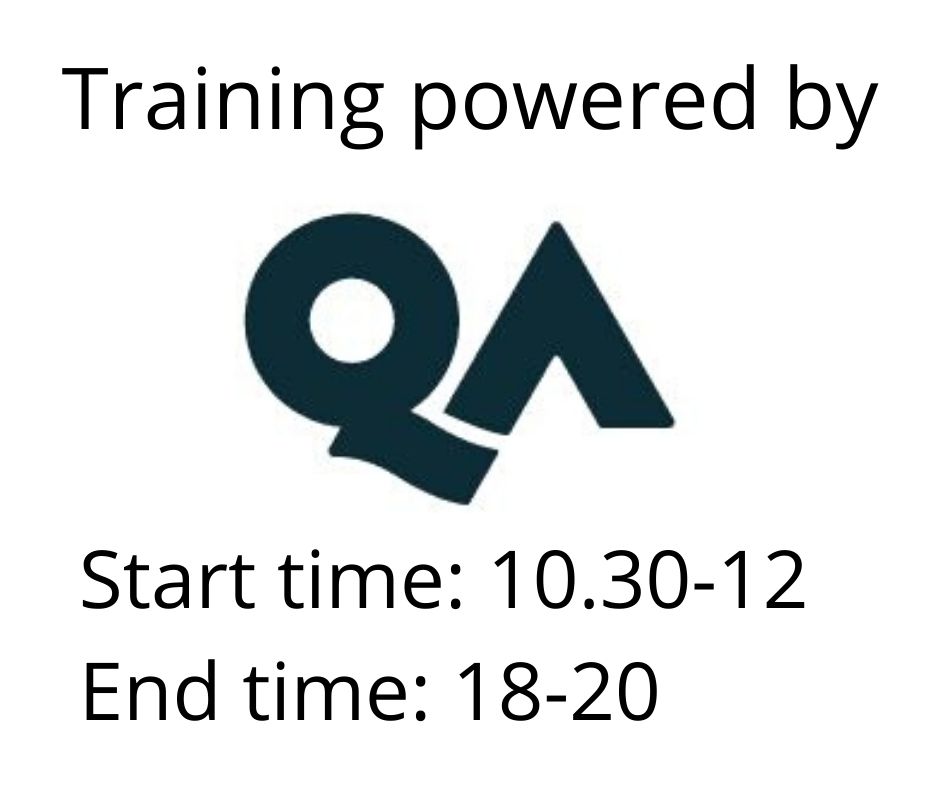CompTIA Network+ N10-009
Osallistumismuoto
Remote
Kesto
5 päivää
Hinta
3968 €
CompTIA Network+ validates the core skills necessary to establish, maintain, troubleshoot and secure networks in any environment, preparing you for a rewarding career in networking and cybersecurity
Why is it different?
Unlike other vendor-specific networking certifications, CompTIA Network+ prepares candidates to support networks on any platform. It provides the foundation you need to work on networks anywhere.
CompTIA Network+ is the only certification that covers the specific skills that network engineers need. Other certifications are so broad, they don’t cover the hands-on skills and precise knowledge needed to in today’s networking environments.
What’s in this version?
The new CompTIA Network+ 009 focuses on foundational networking tools and technologies used to create secure networks, both on-premises and the public cloud, and guarantee the availability of critical business information.
About the exam
CompTIA Network+ N10-009 validates the skills required to implement enterprise-level wired and wireless network solutions; identify and troubleshoot network performance issues; and harden networks against threats to mitigate security vulnerabilities.
The CompTIA Network+ certification verifies that the successful candidate has the knowledge and skills required to:
- Establish network connectivity by deploying wired and wireless devices.
- Understand and maintain network documentation.
- Understand the purpose of network services.
- Understand basic datacenter, cloud and virtual networking concepts.
- Monitor network activity, identifying performance and availability issues.
- Implement network hardening techniques.
- Manage, configure, and troubleshoot network infrastructure.
Target Audience / Top Network+ Job Titles
- Junior Network Administrator
- Datacenter Support Technician
- Network Engineer System Administrator
- NOC Technician
- Telecommunications Technician
- Cable Technician
Networking Concepts
- Explain basic networking concepts, including the OSI model, network appliances, applications, cloud concepts, connectivity options and more.
Network Implementations
- Understand routing technologies and important factors of physical installations; configure switching technologies and wireless devices.
Network Operations
- Monitor and optimize networks to ensure business continuity.
Network Security
- Understand security concepts and network attacks to harden networks against threats.
Network Troubleshooting
- Explain the troubleshooting methodology and address common issues related to networking, including cable, connectivity, and software problems.
9-12 months in the IT networking field
Explaining Network Topologies
- Explain network types and characteristics.
- Compare and contrast OSI model layers.
- Configure SOHO networks.
- Explain CompTIA’s troubleshooting methodology.
Supporting Cabling and Physical Installations
- Summarize Ethernet standards.
- Summarize copper cabling and connector types.
- Summarize fiber optic cabling and connector types.
- Describe physical installation factors for rack-based installations in server rooms and datacenters.
- Deploy and troubleshoot Ethernet cabling.
Configuring Interfaces and Switches
Deploy networking devices.
- Explain network interfaces.
- Deploy common Ethernet switching features.
- Troubleshoot transceiver switching issues.
Configuring Network Addressing
- Explain IPv4 addressing schemes.
- Explain IPv4 forwarding.
- Configure IP networks and subnets.
- Use appropriate tools to test a host’s IP configuration.
- Explain IPv6 addressing schemes.
- Troubleshoot IP networks and hosts.
Configuring Routing and Advanced Switching
- Compare and contrast routing concepts.
- Compare and contrast dynamic routing concepts.
- Install and troubleshoot routers.
- Explain tiered switching architecture.
- Explain virtual LANs.
Implementing Network Services
- Compare and contrast transport protocols.
- Use command line tools to scan network ports.
- Explain the use of network addressing services.
- Explain the use of name resolution services.
- Configure and troubleshoot DHCP and DNS services.
Explaining Application Services
- Explain the importance of time synchronization and the role of NTP.
- Explain the use of web, file/print, and database services.
- Explain the use of email and voice services.
- Explain how high availability services are provisioned using redundancy and load balancing.
Supporting Management Network
- Explain the use of configuration and change management documentation.
- Use discovery and monitoring tools to identify network assets.
- Use event management to ensure network availability.
- Use packet analysis and traffic metrics to troubleshoot performance issues.
Explaining Network Security Concepts
- Explain common security concepts.
- Distinguish risk, vulnerability, exploit, and threat.
- Explain the importance of audits and regulatory compliance.
- Summarize types of attacks and their impact on the network.
Applying Network Security Features
- Explain identity and access management concepts.
- Distinguish protocols and standards used for authentication and directory management.
- Use defense in depth techniques to ensure that only policy-compliant devices can connect to the network.
- Apply security rules, such as ACLs and content filtering, to manage network traffic.
Supporting Network Security Design
- Explain the importance of network segmentation and use of trusted and untrusted zones.
- Describe security implications of internet of things (IoT) and industrial internet of things (IIoT).
- Explain the importance of physical security.
Configuring Wireless Networks
- Summarize wireless standards.
- Install and configure secure wireless networks.
- Troubleshoot wireless networks.
Comparing Remote Access Methods
- Summarize WAN provider and Internet access types.
- Compare and contrast VPN topologies and protocols.
- Explain remote host access and management methods
Datacenter and Storage Networks
- Explain datacenter and storage network architecture.
- Summarize cloud concepts.
- Summarize the use of software, coding, and zero trust in modern network environments.
Hinta 3968 € +alv
Pidätämme oikeudet mahdollisiin muutoksiin ohjelmassa, kouluttajissa ja toteutusmuodossa.
Katso usein kysytyt kysymykset täältä.
